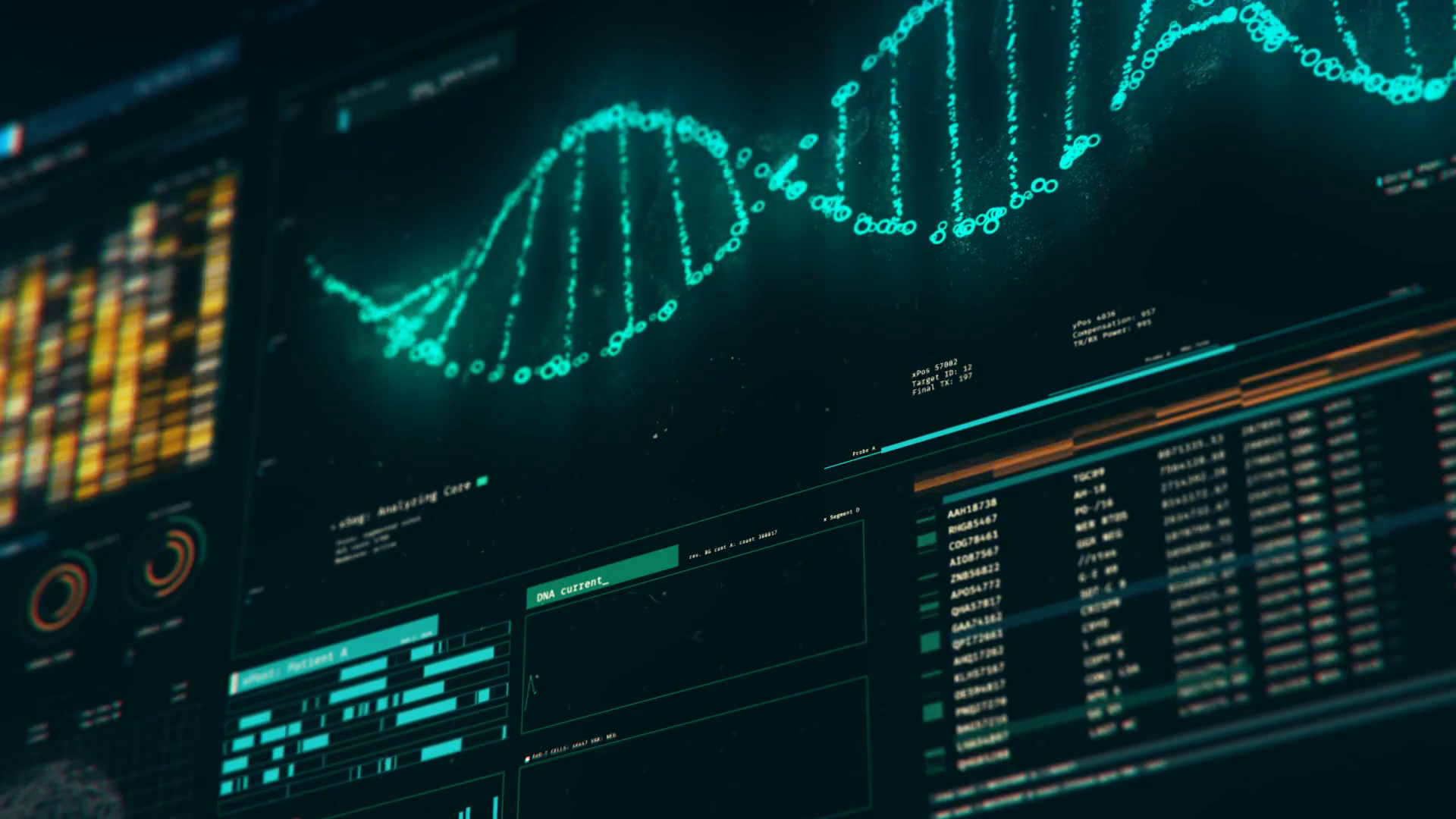expression vector Marker Selection Ribosome Binding Site
Ribosome Binding Site

expression vector Marker Selection Ribosome Binding Site
After the transcription process of the genes, the translation must be performed by ribosomes. Therefore, there should be a position for a firm binding site for ribosomes in the translation area; otherwise, the process of the translation does not begin or will not be efficiently executed. The sequence of the binding site for ribosomes is different in various species, but in some species, the presence of initial codon would be sufficient for the initiation of the translation which is determined by the previously published articles. The binding region of ribosomes in bacteria is called the Shine-Dalgarno (SD) sequence, which is usually located at the upstream region of the initial codon, and this sequence has eight nucleotides. It should be noted that most of the vectors designed for the expression of genes have the SD sequence in their structure. Thus, it is not necessary to insert this sequence into the vector.
Selection Marker
The transfection of plasmids into E.coli is not an efficient process since most of the colonies are devoid of plasmid molecules, and it would be difficult to distinguish between the plasmid-containing and plasmid-free cells. Plasmid-free cells also have better growth than plasmid-containing cells. Due to the simultaneous replication of the chromosomal DNA and the plasmid transfected into the cells, these cells consume more energy, and certainly have a less rate of proliferation, especially when large plasmids or high-copy plasmids are transfected into the cells. Therefore, a method for selecting plasmid colonies is needed. It would be possible to distinguish the cells expressing plasmids by the addition of a selective marker to the plasmid structure. In the E. coli system, the antibiotic resistance gene is commonly employed for this aim. The addition of antibiotics to the culture medium causes that only cells expressing antibiotic resistant genes survive and proliferate, and those lacking such genes would be eliminated. Antibiotics are classified into two main groups: antibiotics inhibiting the growth and proliferation of bacteria (bacteriostats) and those killing bacteria (Bactericidal).
The following Table recapitulates some of the commonly used antibiotics in laboratories :


Related posts: expression vector Replicon and Promoter Region – Components and regions of expression vector